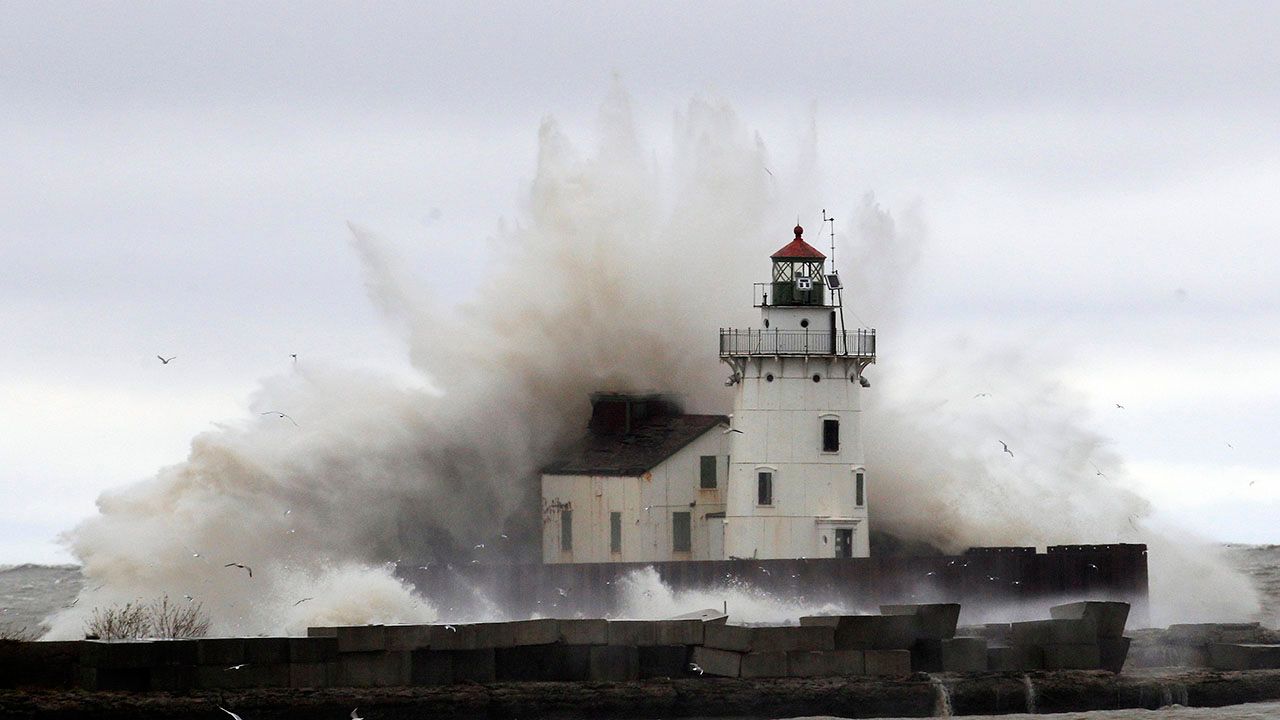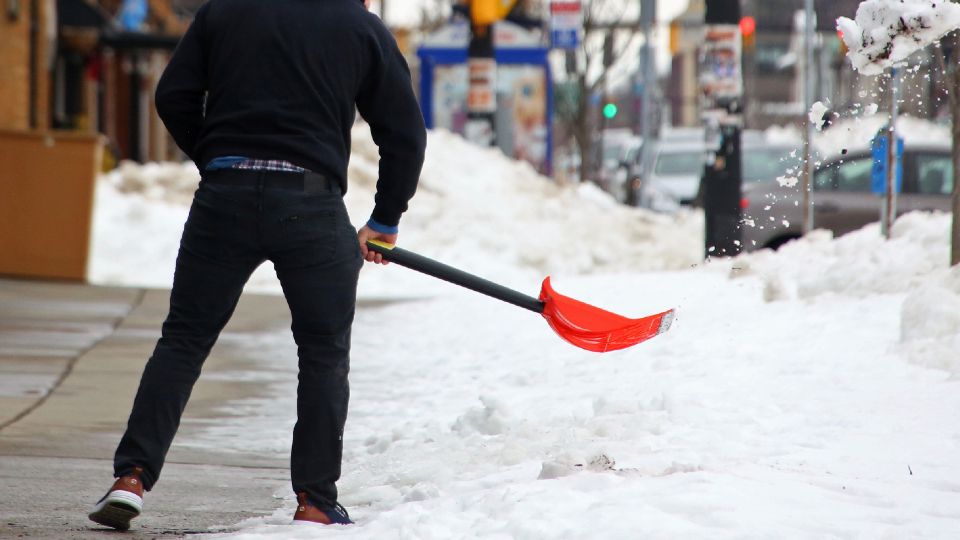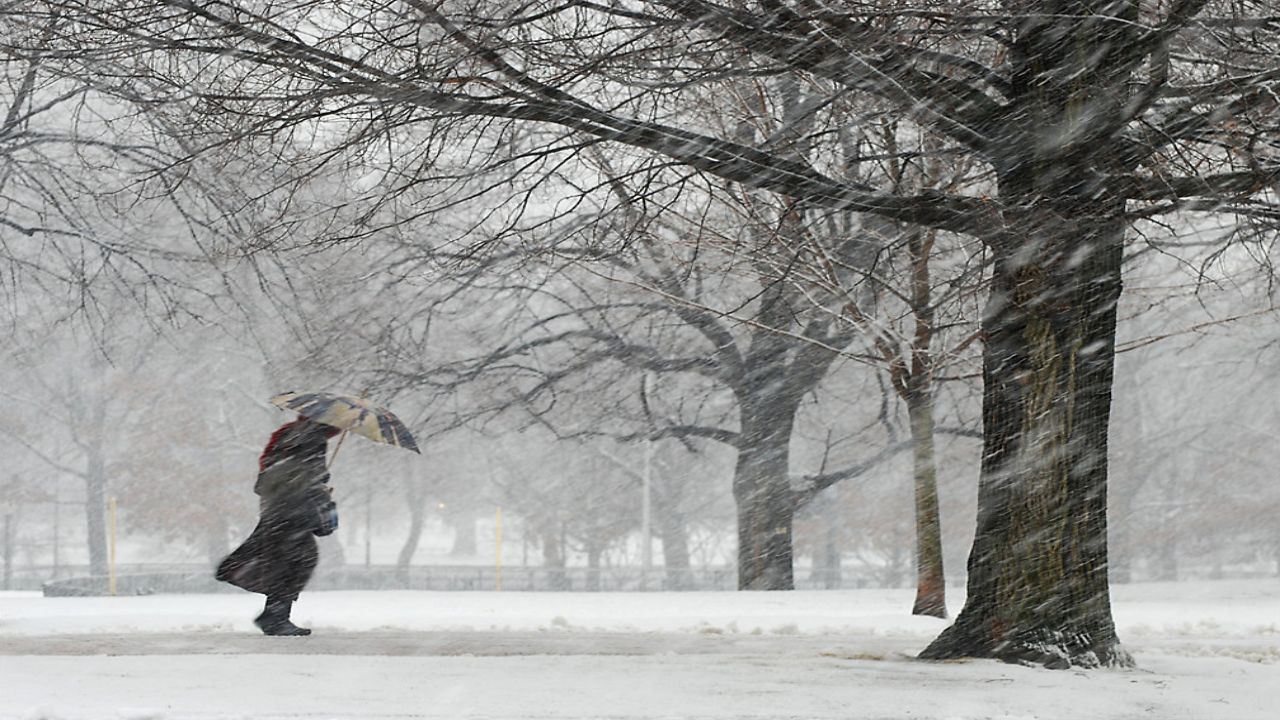For those who live on or by the lake this time of year, every time we hear of a wind event, most start getting nervous. That’s especially true in recent years, as Lake Erie has been at historic high-water marks. When the wind has picked up, it has resulted in monster seiches and shoreline erosion.
The main seiche season for Lake Erie is late October through winter, but especially November and December before any ice has developed on the lake. This year, we haven’t seen any of these monster seiches and our shoreline has remained intact.
This picture was taken shortly after one big seiche. You can see the fresh damage and erosion easily.
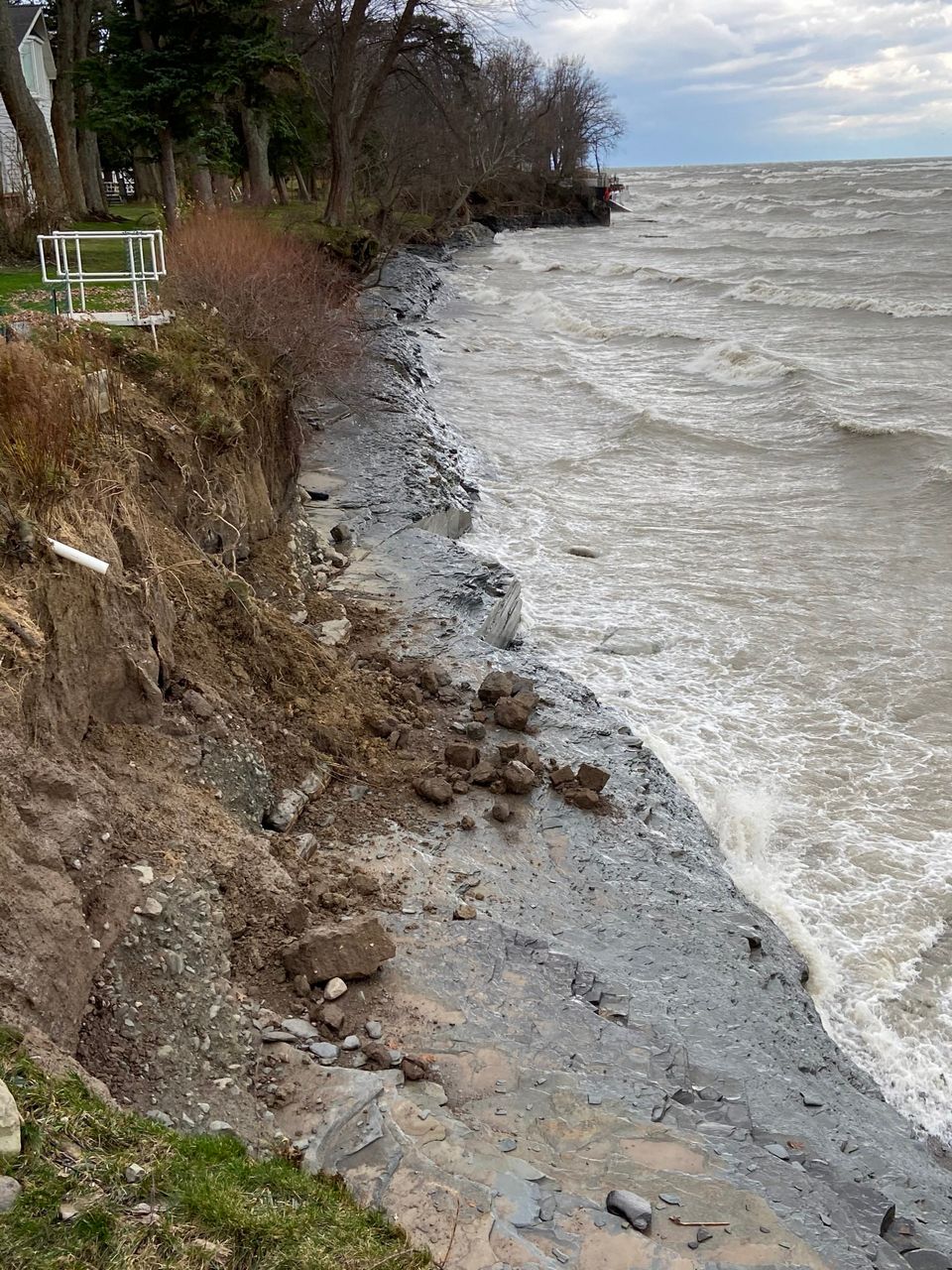
A big contributor to lack of shoreline erosion is that Lake Erie water levels have dropped dramatically in a fairly short amount of time. In 2019 and 2020, levels set numerous monthly high-water marks. This wasn’t just Lake Erie, but all the Great Lakes.
In the latest bulletin from the U.S. Army Corps of Engineers, Lake Erie has dropped two inches from last month and is more than a foot–13 inches–lower than this time last year. Of course, it was around this time last year one of those epic seiches produced widespread damage and erosion along the shore. With the levels more than a foot lower, the threat of similar event has lowered dramatically.

Still, the lake is running about eight inches above the long-term average, so there's still room for improvement. The latest forecast keeps Lake Erie’s levels likely above average, but of similar magnitude to where it stands now, so no record levels. There’s even a slight chance for below-average water levels a few months into 2023, as you can see in the graph below with the forecast spread.
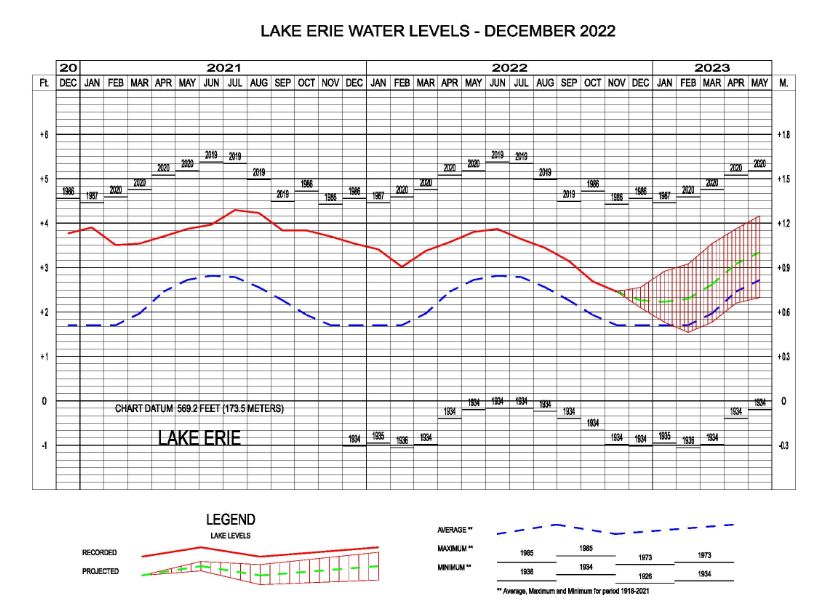
Water levels happen in cycles and after several years of high water levels, hopefully we’ll continue to trend the other direction. The lake is at its lowest point for this time of year since about 2016, which was the start of this latest high-water level cycle. We had a long stretch from about 1999 to 2016 when levels remained fairly neutral.

Let’s hope another neutral cycle is just beginning!
Our team of meteorologists dives deep into the science of weather and breaks down timely weather data and information. To view more weather and climate stories, check out our weather blogs section.





